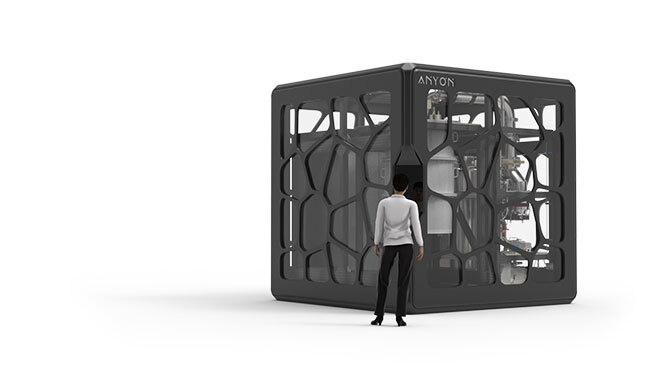Race Car vs. Blimp or Classical vs. Quantum

Purchased on Istockphoto.com. Copyright.
Contrary to popular belief, quantum computers are currently slow. Very slow! Yet, they promise to revolutionize the way we compute and communicate. How is that? Some complex tasks for classical computers are simple for quantum computers, which operate on a completely different logic. If quantum computers reach a solution faster, it is not because of their speed, but rather because they address problems differently... by harnessing quantum properties!
Before diving into formal concepts, let’s try this analogy. Imagine that our goal is to solve a task. In other words, we want our computer (classical or quantum) to find the solution to a problem. Think of this problem as a labyrinth: we are initially placed on the periphery and want to reach the centre, which corresponds to the solution.

When faced with a problem that is difficult to solve, there is no obvious path. The classical computer is comparable to a race car: it goes fast, turns on a dime… but it will have to cover a great distance before reaching the centre because it will take several detours before finding the right path. The quantum computer is comparable to a blimp. It is slow, and difficult to control, but it has a crucial advantage: it can access an extra dimension. In the air, the blimp can avoid all the detours and very efficiently reaching the centre of the labyrinth. Meanwhile, the race car, although faster, will still be wandering within the maze…
So, quantum computers are not intended to replace classical computers, but to solve specific problems much more efficiently. To solve simple tasks for which there is no quantum advantage, classical computers remain faster since they are highly sophisticatedNDT: There are also real 3D problems that are complicated for both classical AND quantum computers. In fact, quantum computers are not expected to solve NP-complete problems efficiently.Cf. Bennett, Bernstein, Brassard, Vazirani. (1997) Strengths and weaknesses of quantum computing. SIAM journal on Computing 26 (5). 1510-1523..
More formally, quantum computers use tools and strategies that have no classical equivalents. The wave-like nature of their basic unit—called quantum bit or qubit—allows you to start the computations in a state of superposition of all classical inputs, rather than repeating the calculation multiple times (once for each input). However, quantum parallelism is not magic: at the output of a quantum algorithm, it will be necessary to measure and obtain one (and only one) classical answer. We must therefore find a clever way to ensure interference with the information to keep only what we are interested in (and destroy any useless information). Using these quantum correlations (or entanglement) is at the heart of all quantum algorithms.

Currently, quantum computers have the ability to handle bigger and bigger problems, and even solve some even contrived problems, faster than the best classical supercomputers in the world [1]. However, little is known about which tasks benefit from quantum acceleration. Some examples are known, e.g., factoring large numbers is difficult through classical means—it is the basis of the RSA cryptosystem—but simple in quantum computing using the Shor algorithm. So there remains a lot to explore!
In this context, by 2023, Calcul Québec will put into service a 12 qubits quantum computer produced by Montreal startup Anyon Systems allowing the academic community to test their ideas. The computer will be located on the ÉTS campus, in the basement of Building D. Running quantum computations on this unit will make it possible to test quantum heuristics on interesting research and industrial problems to find quantum accelerations. Areas, where accelerations are expected, include:
- Quantum machine learning to solve optimization problems;
- Quantum system simulations in pharmaceuticals, new materials, spintronics, etc.

Ordinateur quantique de la startup montréalaise Anyon Systems qui sera bientôt installé dans le sous-sol du bâtiment D de l’ÉTS !
Along with the advent of quantum computers, the development of quantum communications will revolutionize telecommunications through the development of new technologies:
- Quantum Internet: quantum information distribution network.
- Quantum cryptography where security is guaranteed by quantum physics.
- Classical cryptography resistant to quantum computers (a.k.a. post-quantum cryptography).
For the past two years, ÉTS has been offering an introductory course on quantum information created and delivered by yours truly. The course blends theoretical aspects of qubits, entanglement and quantum gates with specific aspects like running quantum computations on IBM quantum computers. This is not a quantum physics course but a course on the possibilities of quantum information processing. It will be offered again in the winter semester of 2023.
In addition, I am currently working on consolidating quantum research efforts within ÉTS. I encourage all faculty members and lecturers interested in participating to contact me.
I look forward to discussing quantum information with you.


